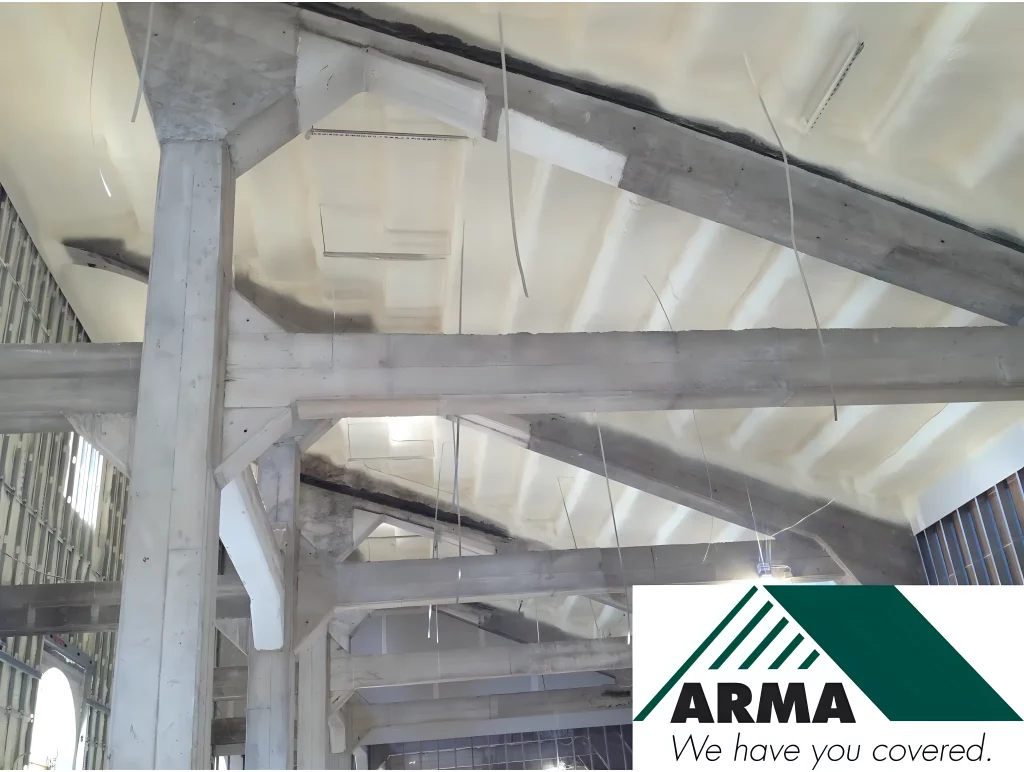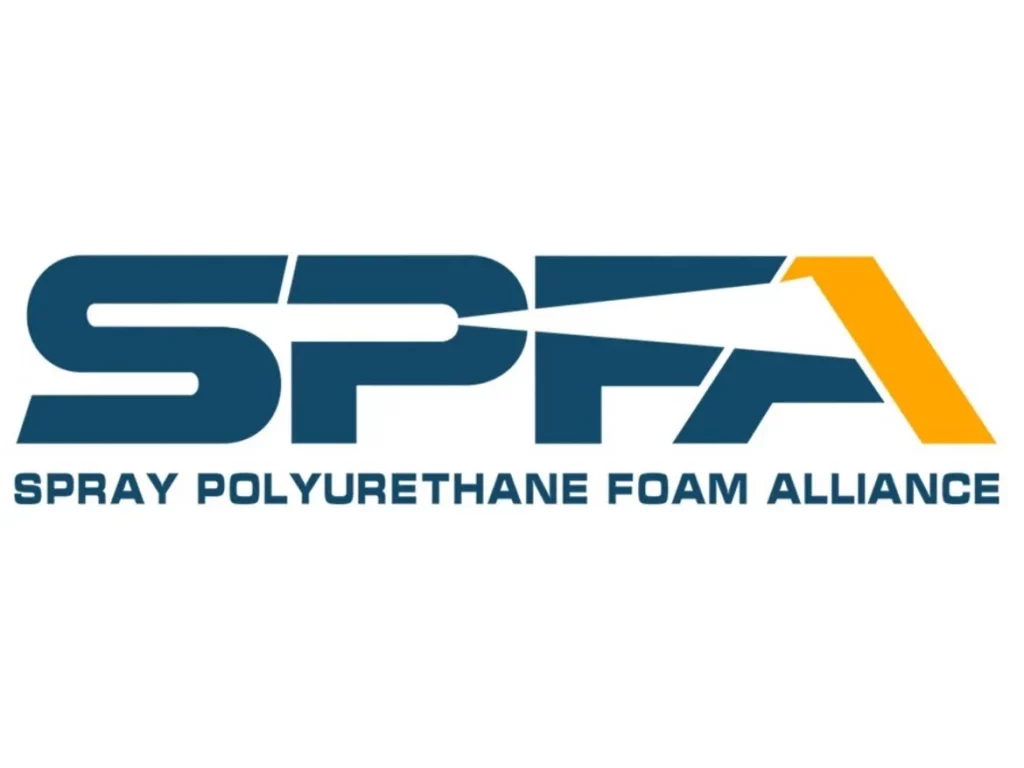Spray foam insulation significantly increases indoor comfort by maintaining consistent temperatures, reducing moisture intrusion, and lowering air infiltration. In Salina, where summers are hot and winters bring sharp cold spells, spray foam’s thermal resistance and air-sealing performance provide year-round benefits. Unlike traditional insulation, it expands to fill gaps, cracks, and crevices that contribute to energy loss and discomfort.
Salina properties experience a wide temperature range throughout the year. Proper insulation isn’t just about saving energy; it affects indoor humidity, drafts, and noise control. This article breaks down how spray foam performs under local conditions, including technical data, material differences, and performance factors specific to this region. Based on direct application experience across various residential, commercial, and agricultural structures, the following guide outlines what matters most for Salina property owners.
Key Performance Benefits of Spray Foam in Salina
Consistent Indoor Temperatures
Spray foam eliminates hot and cold spots by sealing off leaks in framing, ducts, and attics. Closed-cell foam delivers a higher R-value per inch, which is particularly beneficial during Salina’s winter cold snaps.
Moisture Resistance and Mold Prevention
Spray foam acts as a moisture barrier. This is critical in Salina’s spring season when rain and humidity can create condensation issues in walls and ceilings.
Reduction in Drafts and Air Leakage
Air infiltration contributes to uncomfortable indoor conditions and HVAC strain. Spray foam forms an airtight seal that traditional materials like fiberglass cannot achieve.
Sound Dampening
In both urban and rural Salina settings, spray foam reduces external noise, making it a strong option for homes near highways or agricultural machinery.
Comparison of Spray Foam Types Used in Salina
| Feature | Open-Cell Foam | Closed-Cell Foam |
|---|---|---|
| R-Value per inch | ~3.5 | ~6.5 |
| Moisture Barrier | Minimal | High |
| Air Sealing | Moderate | Excellent |
| Sound Absorption | High | Moderate |
| Application Areas | Interior walls, ceilings | Roof decks, exterior walls, metal |
| Structural Rigidity | Low | High |
| Cost Efficiency (Long Term) | Moderate | High |
| Expansion Rate | ~100x original volume | ~30x original volume |
Technical Characteristics Relevant to Salina’s Climate
| Specification | Open-Cell Foam | Closed-Cell Foam |
|---|---|---|
| Operating Temp Range (F) | -40° to 180° F | -50° to 250° F |
| Perm Rating | >10 | <1 |
| Compressive Strength (psi) | ~0.5 | ~25 |
| Water Absorption (ASTM D2842) | ~5% | <2% |
| Fire Resistance Rating | Meets ASTM E84 | Meets ASTM E84 |
| Sustainability (Low VOC options) | Available | Available |
Local Insights Based on Field Conditions
Salina experiences extreme shifts between humid summers and dry winters. Structures often face expansion-contraction cycles that traditional insulation struggles to adapt to. Spray foam remains stable under these fluctuations, preventing gaps from reappearing. Closed-cell foam also adds structural strength—beneficial for aging pole barns and metal buildings found across the area.
Bonus Tip: In agricultural buildings, closed-cell spray foam prevents rodent nesting and ammonia damage, a common issue in Salina livestock structures.
Practical Factors Before Choosing an Insulation Option
- Building Type: Homes benefit from open-cell in interior partitions; metal buildings and barns require closed-cell for durability.
- Humidity Control: Properties with crawl spaces or basements perform better with moisture-resistant options.
- HVAC Sizing: Spray foam often allows for smaller HVAC systems due to reduced heat loss/gain.
- Local Codes: Salina inspectors may require ignition barriers over exposed foam in occupied spaces.
Bonus Tip: Always verify the substrate condition—spray foam requires clean, dry surfaces. In winter installs, surface temp must meet minimum spray specs.
Make a More Informed Decision for Your Property
Spray foam enhances indoor comfort across a variety of Salina properties by improving thermal performance, sealing air leaks, and managing moisture. Choose insulation based on your structure’s specific needs, climate exposure, and long-term goals. For buildings exposed to extreme weather and varying use patterns, spray foam consistently delivers measurable results.

Contact a Trusted Local Provider for Salina Projects
For help selecting the right spray foam solution for your home, barn, or commercial space, contact Arma Coatings of Wichita. Reach out by
phone at (316) 779-2430 or
email at [email protected]
To speak with an experienced specialist who understands Salina conditions and building requirements.
Services Focused on Salina’s Insulation Needs
Closed-Cell Foam Insulation
Used for metal buildings, roof decks, and foundations. Adds thermal efficiency and structural reinforcement.
Open-Cell Foam Insulation
Applied in interior walls and attics for air sealing and sound dampening in residential homes.
Metal Building Insulation
Specialized for barns and workshops, where temperature control and condensation prevention are critical.
Residential Foam Insulation
Improves indoor comfort by sealing walls, ceilings, and crawl spaces for consistent climate control.
Immediate Questions People Ask Before Choosing
How quickly can spray foam be installed?
Most residential applications are completed in 1-2 days depending on size and prep conditions.
Does spray foam work with existing HVAC systems?
Yes. Many systems perform more efficiently post-installation, though HVAC resizing may be needed for optimal balance.
What type of spray foam is better for attic insulation?
Open-cell works well in vented attics. Closed-cell is preferred for unvented or moisture-prone areas.
Can spray foam help reduce utility bills?
Yes. According to the U.S. Department of Energy, air leakage can account for 30% of a building’s energy loss.
Common Long-Term Questions About Spray Foam Performance
How does spray foam hold up over time?
Properly applied spray foam retains performance for decades without settling or sagging.
Can spray foam be applied in winter?
Yes, with proper surface temperatures and material prep, spray foam can be applied during Salina winters.
What maintenance is needed post-installation?
Spray foam requires no ongoing maintenance if applied to a stable substrate. Periodic checks for mechanical damage are advised.
Will pests chew through spray foam?
While not pest-proof, spray foam discourages nesting due to its dense texture and lack of food value.
Is it safe for occupants with respiratory conditions?
Once cured, spray foam is inert. Low-VOC products are available for added indoor air quality assurance.





